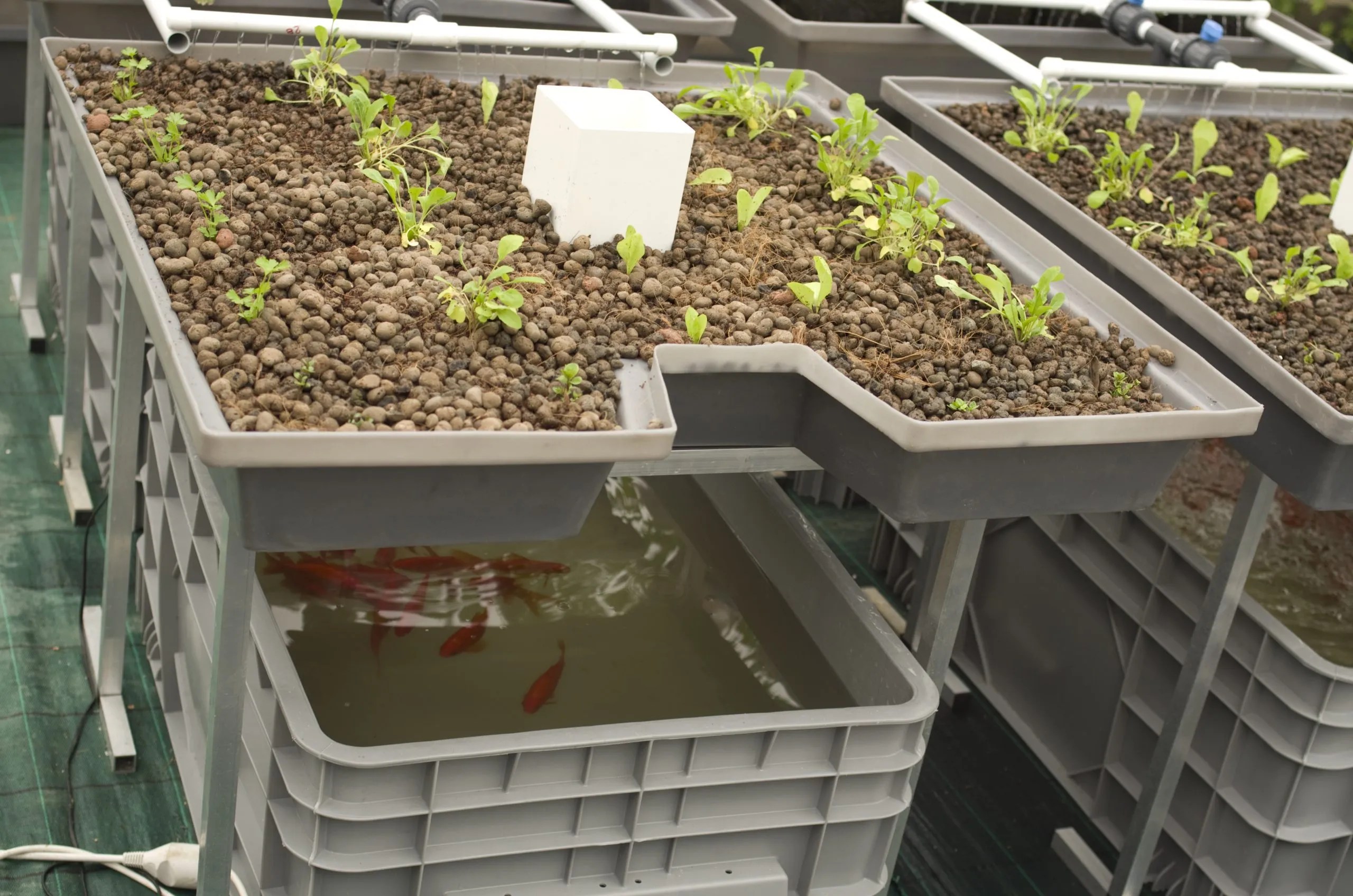 www.aquaponicsforbeginners.com ```html
www.aquaponicsforbeginners.com ```html Introduction: Building a Simple DIY Aquaponics System Aquaponics, the combination of aquaculture (raising fish) and hydroponics (growing plants without soil), is a sustainable and rewarding method for producing both food and aquatic life. This guide provides a step-by-step process for building a small-scale, beginner-friendly aquaponics system.
Materials You'll Need: A fish tank (10-20 gallons is a good starting size) A grow bed (must be food-grade plastic, approximately the same surface area as the fish tank) Water pump (submersible, sized appropriately for your tank volume) Air pump and air stone Grow media (clay pebbles, lava rock, or similar) Plumbing fittings and tubing (to connect the pump to the grow bed and drain back to the tank) Fish (goldfish or small tilapia are common starter fish) Seeds or seedlings Dechlorinator (to remove chlorine from tap water) pH test kit Aquarium heater (if necessary, depending on your climate and fish type)
Step 1: Preparing the Fish Tank Rinse the fish tank thoroughly with water. Do not use soap or detergents, as these can be harmful to fish. Place the tank in a location where it will receive indirect sunlight. Direct sunlight can cause excessive algae growth. Fill the tank with dechlorinated water. Add the air stone and air pump to provide oxygen for the fish. If needed, install the aquarium heater and set it to the appropriate temperature for your chosen fish species. Let the tank cycle for a few days to establish beneficial bacteria.
Step 2: Assembling the Grow Bed Rinse the grow bed thoroughly to remove any dust or debris. Position the grow bed above the fish tank. This allows gravity to drain the water back into the tank. You may need to use supports to elevate the grow bed securely. Connect the water pump to the grow bed using the appropriate plumbing fittings and tubing. You'll need an inlet to pump water up and an outlet to drain the water back. Ensure the drain is positioned so that water can flow freely back into the fish tank.
Step 3: Adding the Grow Media Rinse the grow media thoroughly to remove any dust or debris. Add the rinsed grow media to the grow bed, filling it to a level that allows for adequate root support for your plants.
Step 4: Setting Up the Plumbing and Electrical Connect the water pump to a timer. This allows you to control the frequency and duration of the water flow to the grow bed. A common starting point is to set the timer to run the pump for 15 minutes every hour. Experiment and adjust this based on the needs of your plants. Ensure all electrical connections are properly grounded and protected from water.
Step 5: Introducing Fish and Plants After the tank has cycled for a few days and the grow bed is set up, you can introduce the fish. Float the bag containing the fish in the tank for about 15-30 minutes to acclimate them to the water temperature. Then, gently release the fish into the tank. Plant your seeds or seedlings in the grow media. Start with easy-to-grow plants such as lettuce, herbs, or spinach.
Step 6: Monitoring and Maintenance Regularly monitor the pH of the water and adjust as needed to maintain a level suitable for both fish and plants. Perform partial water changes (approximately 25%) every week or two to remove excess nutrients and maintain water quality. Observe your fish and plants for any signs of disease or stress. Remove any dead leaves or plant debris from the system. Add nutrients if needed (though this is usually not necessary in a well-balanced aquaponics system). Clean the fish tank and grow bed periodically to prevent the buildup of algae and debris.
Conclusion: Enjoying Your Aquaponics System Building your own aquaponics system is a rewarding experience that allows you to grow your own food and raise fish in a sustainable manner. With proper monitoring and maintenance, your aquaponics system can provide you with fresh produce and a thriving aquatic ecosystem for years to come. Remember to research the specific needs of your chosen fish and plants to optimize the system for their health and productivity.
``` What Are Aquaponics?
 www.greenlife.co.ke
www.greenlife.co.ke Residential Aquaponics System At Roger Krug Blog
 storage.googleapis.com
storage.googleapis.com Component Of Aquaponics Systems
 www.aquaponicsforbeginners.com
www.aquaponicsforbeginners.com

0 komentar:
Posting Komentar